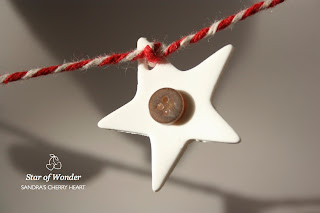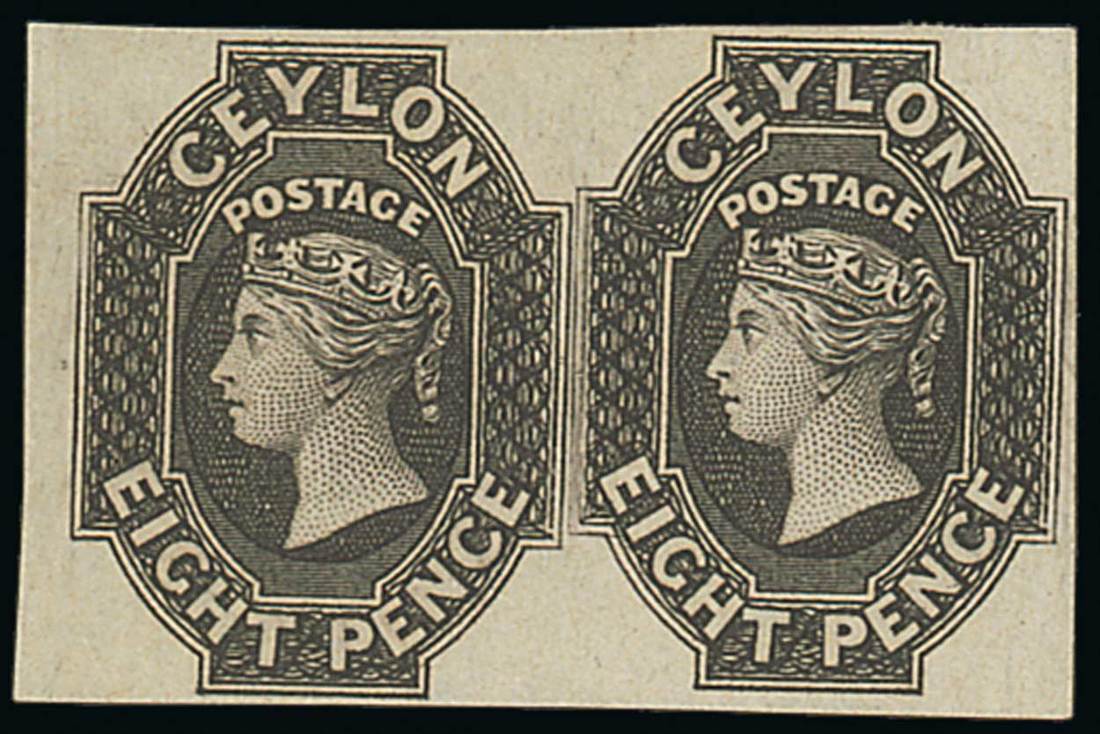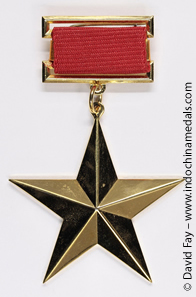

The dandy roll is a light roller covered by material similar to window screen that is embossed with a pattern.

The invention of the dandy roll in 1826 by John Marshall revolutionised the watermark process and made it easier for producers to watermark their paper. Traditionally, a watermark was made by impressing a water-coated metal stamp onto the paper during manufacturing. Processes Dandy roll process Ī perspective view of a dandy roll in accordance with the invention of a conventional paper-making machine incorporating watermarks into the paper. Watermarks were first introduced in Fabriano, Italy, in 1282. This was done while the paper was still wet/watery and therefore the mark created by this process is called a watermark. At that time the watermark was created by changing the thickness of the paper and thereby creating a shadow/lightness in the watermarked paper. The origin of the water part of a watermark can be found back when a watermark was something that only existed in paper. In another instance, identifying codes can be encoded as a digital watermark for a music, video, picture, or other file.
WATERMARK STAR ORDER TRIAL
In one case, overprint on computer-printed output may be used to identify output from an unlicensed trial version of a program. The word is also used for digital practices that share similarities with physical watermarks. Various aids have been developed, such as watermark fluid that wets the paper without damaging it.Ī watermark is very useful in the examination of paper because it can be used for dating documents and artworks, identifying sizes, mill trademarks and locations, and determining the quality of a sheet of paper. Watermarks vary greatly in their visibility while some are obvious on casual inspection, others require some study to pick out.

There are two main ways of producing watermarks in paper the dandy roll process, and the more complex cylinder mould process. Watermarks have been used on postage stamps, currency, and other government documents to discourage counterfeiting.
WATERMARK STAR ORDER LICENSE
These protected marks may not be used without a license agreement or written permission, depending on the nature of the request. There is no substitute for the Department of Defense Seal that may be used by non-DOD personnel that would represent the Department of Defense.Įach Military Service has a Trademark Licensing Program Office that manages its graphic and word trademarks (including common law trademarks). Department of Defense and Military Seals are protected by law from unauthorized use, and these seals may NOT be used for non-official purposes.


 0 kommentar(er)
0 kommentar(er)
